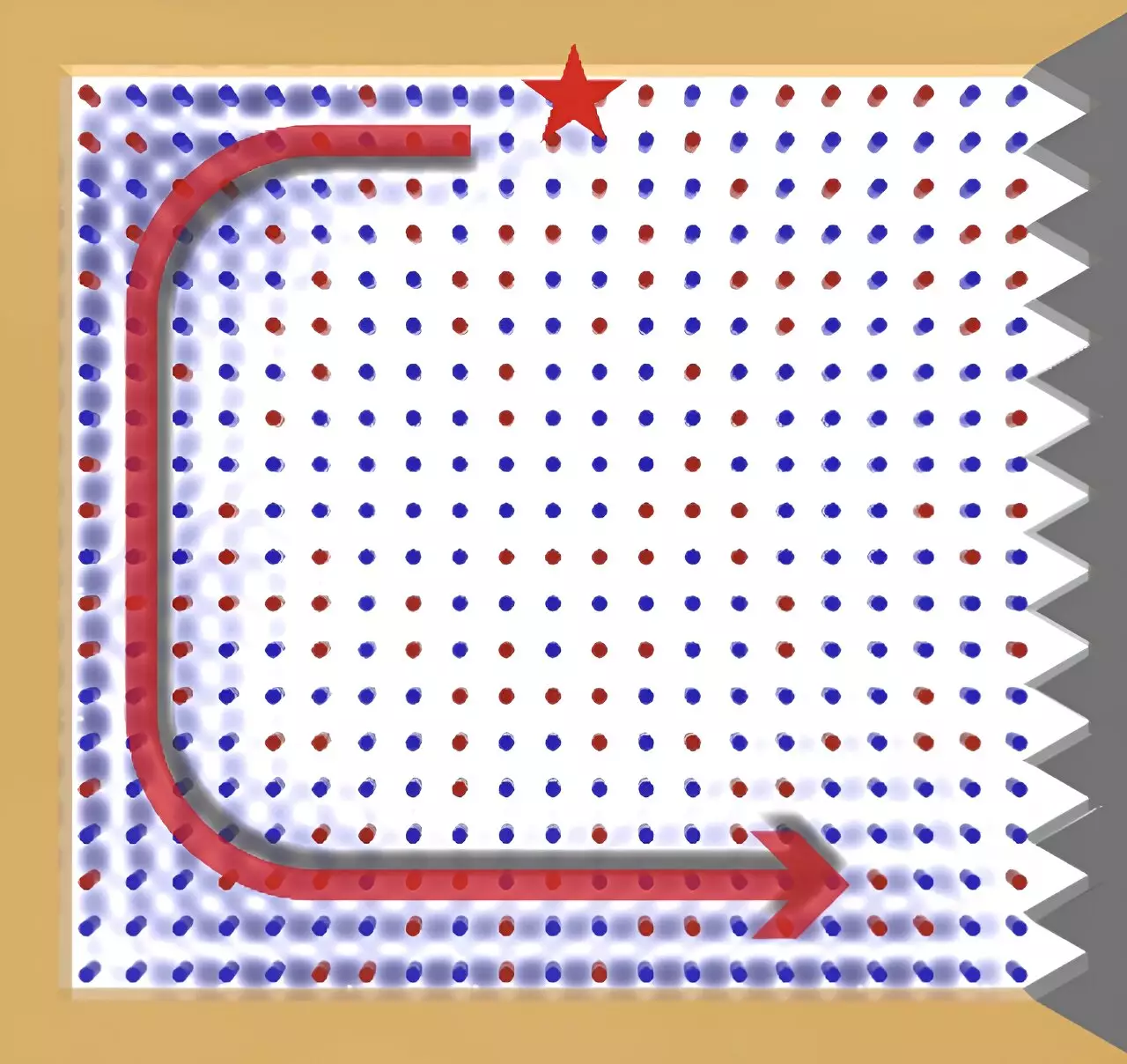Photonic alloys, a combination of two or more photonic crystals, have long been considered promising materials for controlling the propagation of electromagnetic waves, particularly as waveguides. However, a significant drawback of these materials has been their tendency to reflect light back in the direction of its origin, known as light backscattering. This limitation has hindered their performance as waveguides, restricting the transmission of data and energy. Overcoming this challenge will be crucial for unlocking the full potential of photonic alloys in various applications.
Researchers at Shanxi University and the Hong Kong University of Science and Technology recently made a significant breakthrough in the field of photonic alloys. They successfully fabricated a new photonic alloy with topological properties that enable the propagation of microwaves without experiencing light backscattering. This innovation, detailed in a publication in Physical Review Letters, introduces the concept of topological photonic alloys as nonperiodic topological materials. By incorporating nonmagnetized and magnetized rods in a nonperiodic 2D photonic crystal arrangement, the researchers developed photonic alloys capable of sustaining chiral edge states in the microwave regime.
The researchers utilized yttrium iron garnet (YIG) rods and magnetized YIG rods to create their novel photonic alloy. A vector network analyzer was employed to establish connections between source and probe antennas within the setup. Circular holes in a metal plate allowed for the insertion of both antennas, enabling the collection of essential data on the intensity and phase of electromagnetic waves. A metal cladding served as a topologically trivial material, while a microwave absorber was used to suppress the transmission of boundary states, preventing the formation of closed loops that could interfere with accurate measurements.
The experiments conducted by the research team revealed that the topological photonic alloy exhibited unique properties even with a low doping concentration of magnetized rods, without the need for a specific order. This discovery suggests exciting possibilities for realizing topological edge states without disrupting time reversal symmetry within a crystal. The researchers plan to further explore multicomponent topological photonic alloy systems, which offer greater degrees of freedom for manipulating parameters and producing a wider range of effects. Additionally, they aim to investigate the extension of these findings to optical frequencies, paving the way for groundbreaking applications in photonics.
Looking ahead, Zhang and his colleagues are eager to extend their recent findings into the optical domain, potentially revolutionizing the manipulation of light and the development of innovative photonic devices. By pushing the boundaries of what is currently known about topological photonic alloys, this research opens up new possibilities for the practical utilization of these materials in various real-world applications. Through continued exploration and experimentation, the field of photonics is poised for exciting advancements and discoveries.


Leave a Reply